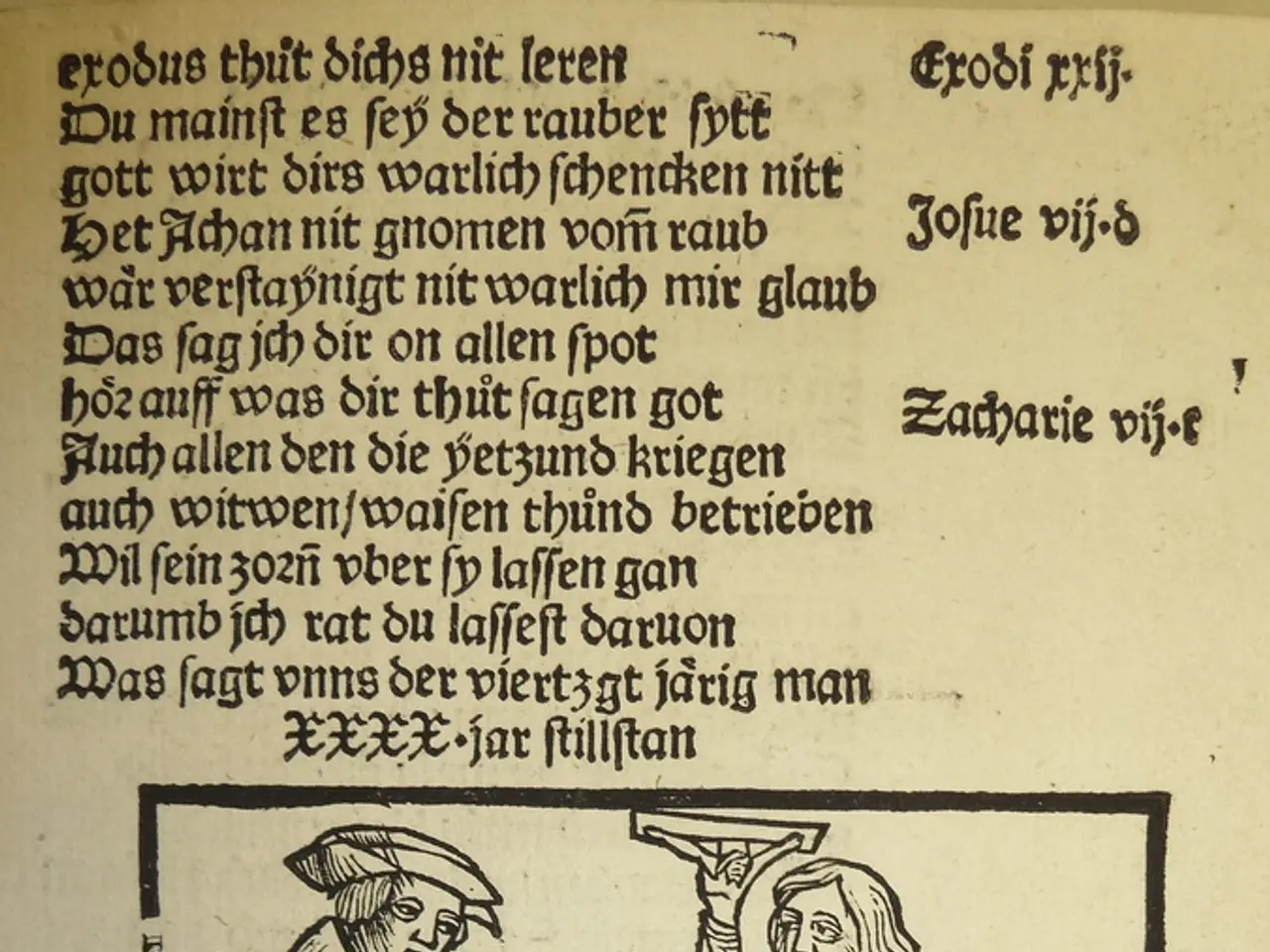World Quieted: Preserving the Rich Heritage of Indigenous Tongues
In various parts of the world, Indigenous languages are facing extinction, a loss that goes beyond mere linguistics. These languages are deeply rooted in the cultures they represent, encoding traditions, customs, and the very essence of Indigenous identity.
The erasure of Native culture, a practice that has been standard since the early colonial period, has had devastating impacts on the languages of Indigenous people. In Australia, the impacts were so great that the people are now referred to as "The Stolen Generations," a term used to describe Aboriginal and Torres Strait Islander youth who were forcefully removed from their homes and placed into state care. The last Canadian residential school closed as recently as 1996.
Indigenous languages are a tangible expression of self-determination, a way for Indigenous communities to assert their identity separate from foreign colonizers. The loss of these languages is linked to mental health issues, including being 50% more likely to have suicidal ideation among Indigenous youth.
However, there is hope. Current initiatives to preserve and revitalize endangered Indigenous languages globally include a combination of community-based programs, technological innovations, funding and resource support, and cultural preservation efforts.
One such initiative is the Reality (FLAIR) project by the Mila A.I. research institute. This project develops AI-driven educational tools aimed at supporting Indigenous communities worldwide in their language revitalization efforts, providing scalable and modern linguistic resources.
In the United States, organizations like Sealaska, an Alaska Native corporation, are making significant strides. They have recently donated nearly half a million dollars to 19 recipients dedicated to preserving Tlingit, Haida, Tsimshian, and Eyak languages. Sealaska also supports cultural heritage through projects such as totem pole carvings that serve as symbols of resilience and history for their communities.
Community-based revitalization programs are another key aspect of these efforts. These programs focus on culturally relevant, inclusive methods that integrate traditional knowledge and engage all age groups to sustain language use. They often involve developing language teaching resources, community events, and educational programming tailored to Indigenous contexts.
In Nigeria, Izesan Limited, backed by Taraba State, is digitizing endangered local languages (Wurkun and Jiba) by creating educational content and apps. This aligns with UNESCO’s International Decade of Indigenous Languages goals to integrate native languages into modern education and digital platforms globally.
Organizations like The Language Conservancy provide resources, training, and grant-writing assistance to Indigenous groups to foster language learning and strengthen linguistic continuity.
The Blackfoot Language Resources focus on the Blackfoot language native to areas in America and Canada. With only about 5,000 speakers remaining, the mission to preserve and revitalize this language is critical.
Despite these efforts, the fight to preserve Indigenous languages is far from over. Up to 90% of languages across the world are at risk of extinction by 2050. But with continued support, community engagement, and innovative solutions, the future of these languages and the cultures they represent can be secured.
References: [1] Sealaska. (n.d.). Totem Poles. Retrieved from https://www.sealaska.com/our-culture/totem-poles/ [2] Language Conservancy. (n.d.). Our Work. Retrieved from https://www.languageconservancy.org/our-work/ [3] Mila. (n.d.). FLAIR. Retrieved from https://www.mila.quebec/en/research/projects/fair/ [4] Izesan Limited. (n.d.). Home. Retrieved from https://www.izesan.com/ [5] UNESCO. (n.d.). International Decade of Indigenous Languages. Retrieved from https://en.unesco.org/themes/indigenous-languages
- Photography can play a crucial role in highlighting the significance of Indigenous languages by capturing images that showcase their connections to culture, mental health, and education-and-self-development.
- The news media can spotlight the history of Indigenous language erasure and the current efforts to revitalize these languages, bringing attention to the challenges and successes in general-news.
- Psychologists can contribute to understanding the mental health impacts of losing Indigenous languages and explore ways to mitigate these effects through cultural preservation and language revitalization programs.
- Education and self-development initiatives can integrate endangered Indigenous languages into their curriculums, fostering a deeper appreciation for the diversity of human culture and the importance of preserving these languages for future generations.




